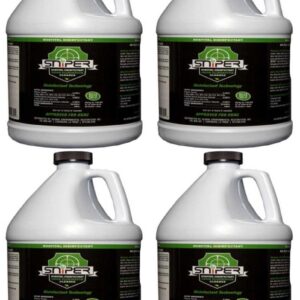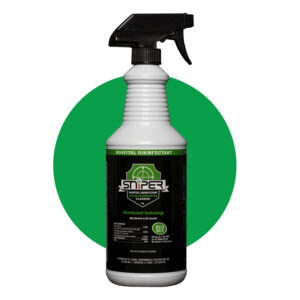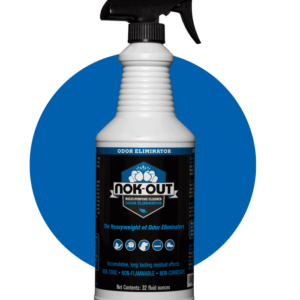Tip #1 Manage Moisture
Both too much and too little humidity — the amount of moisture in the air — in your home can impact the health of your little ones. Low moisture can dry up your child’s mucus membranes, making it harder for their noses and throats to eliminate germs that can cause illnesses. High moisture has its own impacts, too. With high humidity, breathing can be difficult and mold can grow more quickly. You can control moisture by:
• Making sure all exhaust fans, from your bathroom to your kitchen, vent outside, not into basements, attics or crawl spaces.
• Staying on top of quickly fixing any leaks and immediately removing any water-damaged materials.
• Applying caulking around windows, doors and vents.
Tip #2 Hire Professionals
Air quality is a mighty big project for any homeowner. Consider hiring a professional to evaluate your central air conditioning system and ductwork. If necessary, they can install proper venting around combustible appliances and create outside vents for your clothes dryer. A professional assessment of the ventilation and air quality in your home buys you priceless peace of mind.
That being said, there are many tasks you can do yourself. Use simple precautionary steps like opening windows when using cleaners, solvents and chemicals. This will keep the air free of poisonous fumes and chemicals that might only irritate and adult but can really damage a child. Most homeowners are also able to change their own HVAC system’s air filters. Talk with a professional at your local hardware store to get the best, highest quality filter you can. For example, use an air filter to clean the pollutants out of the air in your home, including pollen, dust mites, mold, and bacteria. Air filters should be changed every 90 days — and more often if you have pets in your home or if anyone suffers from asthma.
Tip #3 Watch for Warning Signs
Air quality can impact common and not-so-common childhood pulmonary conditions like asthma, pneumonia, RSV, whooping cough or Childhood Interstitial Lung Disease. While several of these are caused by encounters with people who have the virus, poor air circulation in your home or childcare facility can accelerate the spread of these illnesses. In addition, allergens in the air can make a diagnosed lung condition worse. Take steps to reduce the allergens in your home and then watch out for symptoms like:
• Frequent coughing, especially at night that can disrupt sleep
• Wheezing sounds when exhaling
• Chest congestion and/or pain
• Frequent cold, flu or other respiratory infections
• Difficulty breathing during active play
Tip #4 Get Fresh Air
While the air quality in your home is very important, you’ll also want to find a balance between indoor air and outdoor air. Exposure to fresh air is essential for healthy kids and growing lungs. Be sure to get everyone fresh air with family-friendly activities right outside your backdoor, such as backyard camping, bird watching, gardening or going on bike rides or walks. If possible, especially if you live in an urban area, try to get them out of the city air and into fresher countryside air. Drive to some nearby forests, mountains, national parks or state parks for an hour, a day or overnight.
Air quality can impact your entire family — from adults to kids, even pets and grandparents. Take steps to manage moisture, keep your filters clean and updated, watch for signs of illness and balance indoor and outdoor air. Improving air ventilation relates directly to improving children’s health.
(This article contributed by Amanda Henderson. She can be reached at: amanda@safechildren.info. Thank you, Amanda!)
References
https://blog.esurance.com/how-to-reduce-allergens-around-the-home/
https://www.merrymaids.com/blog/quick-tips/cleaning-tips-for-allergy-sufferers/
https://filterbuy.com/air-filters/20x20x1/
http://www.lung.org/lung-health-and-diseases/lung-disease-lookup/rsv/rsv-symptoms-causes-risk.html
https://plexusworldwide.com/sunnyshare/just-for-fun/13-family-spring-activities





